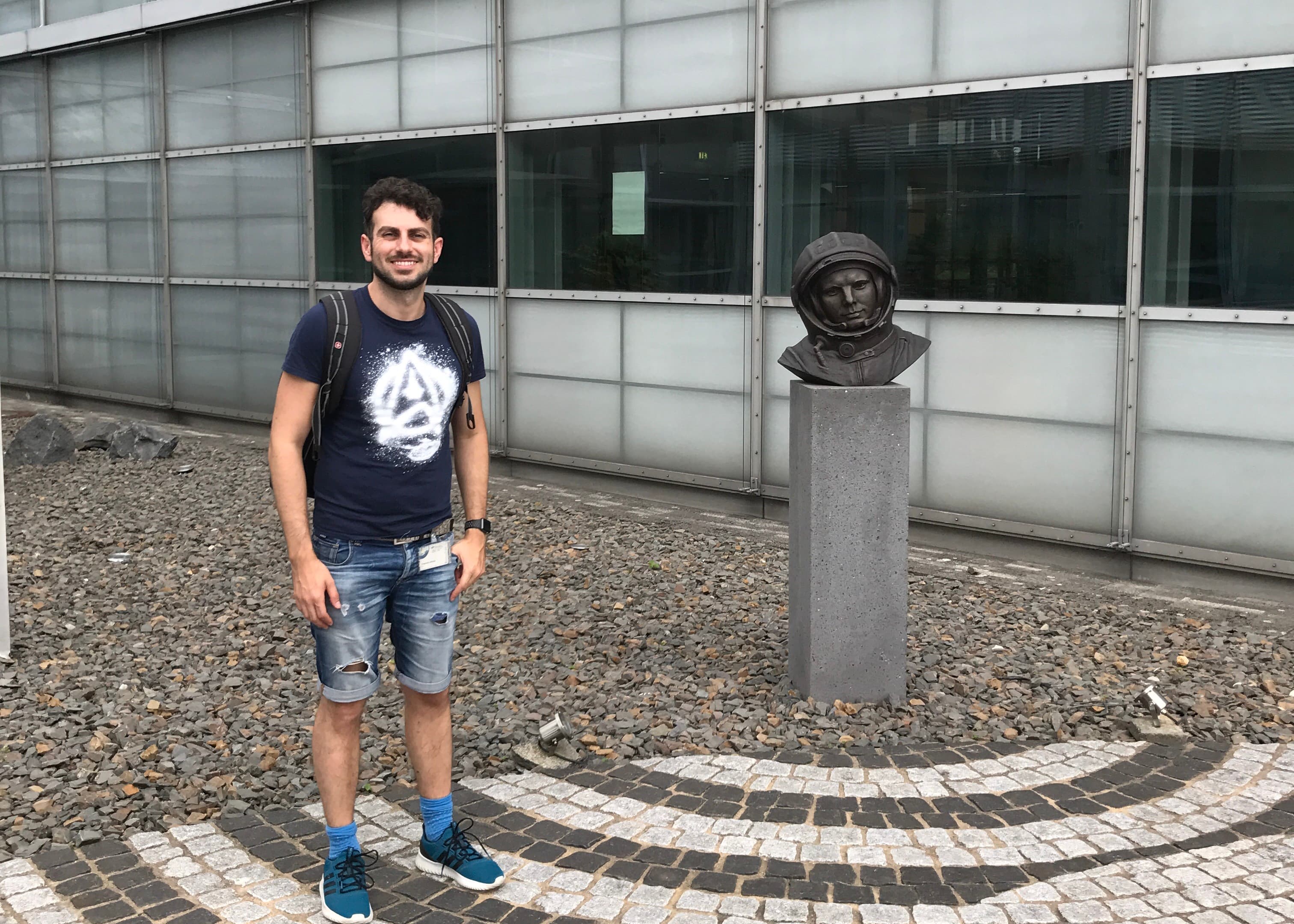Recently, I’ve had the chance to visit the European Astronaut Centre, one of the important facilities belonging to the European Space Agency.
I was there as part of a research test and I got the chance to play Astronaut for a day, so I did some exercises in simulated low gravity environments. Good news is I can still run and jump if I’m on the Moon or Mars.

After the test was over (taking away a good chunk of my leg hair in the process), I was given as a treat a private tour of the EAC facility. I believe the tour is the standard one that anyone can get but I was extremely lucky to be by myself at the end of the working day.
It was absolutely wonderful. People can visit almost every area of the facility. You see where the European astronauts are taught the experiments they will perform, trained on the actual laboratory that is on the ISS, and given the first basic training on the EVA (extravehicular activity).
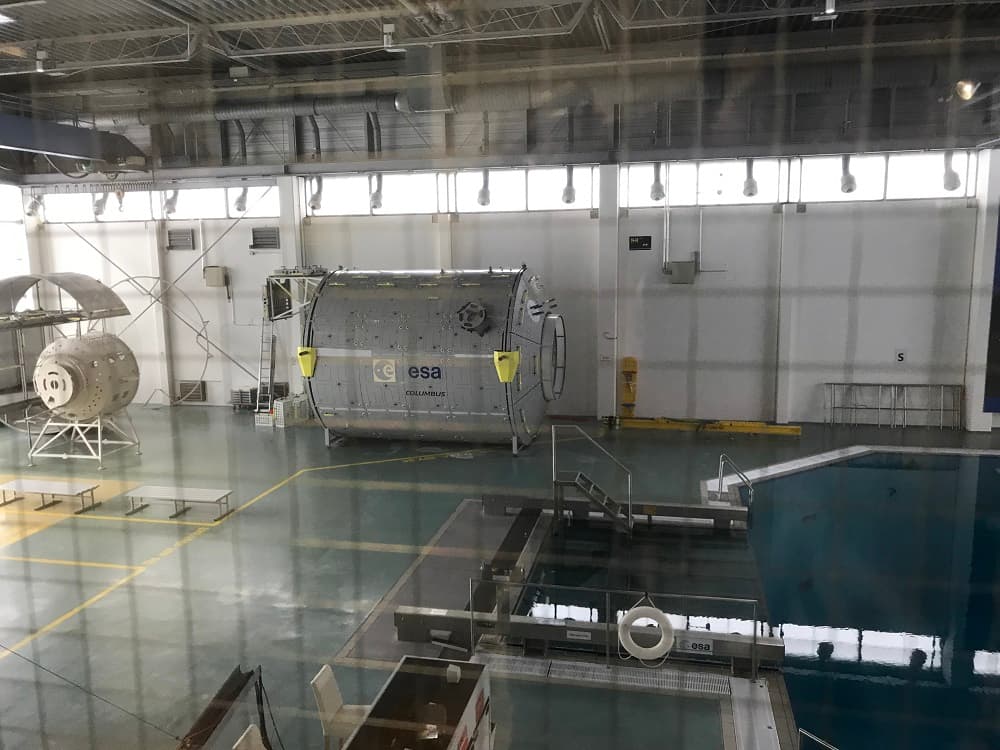
The 10-meter pool where European Astronauts train for extravehicular activities (EVAs)
I’ve learnt some cool stuff too. The International Space Station is as the name says a collaborative project but as it was planned in the 80s certain worldly divisions are translated in orbit. For example, something that I never noticed before, half of the ISS is chrome (the American side) and half is white (the Russian side).
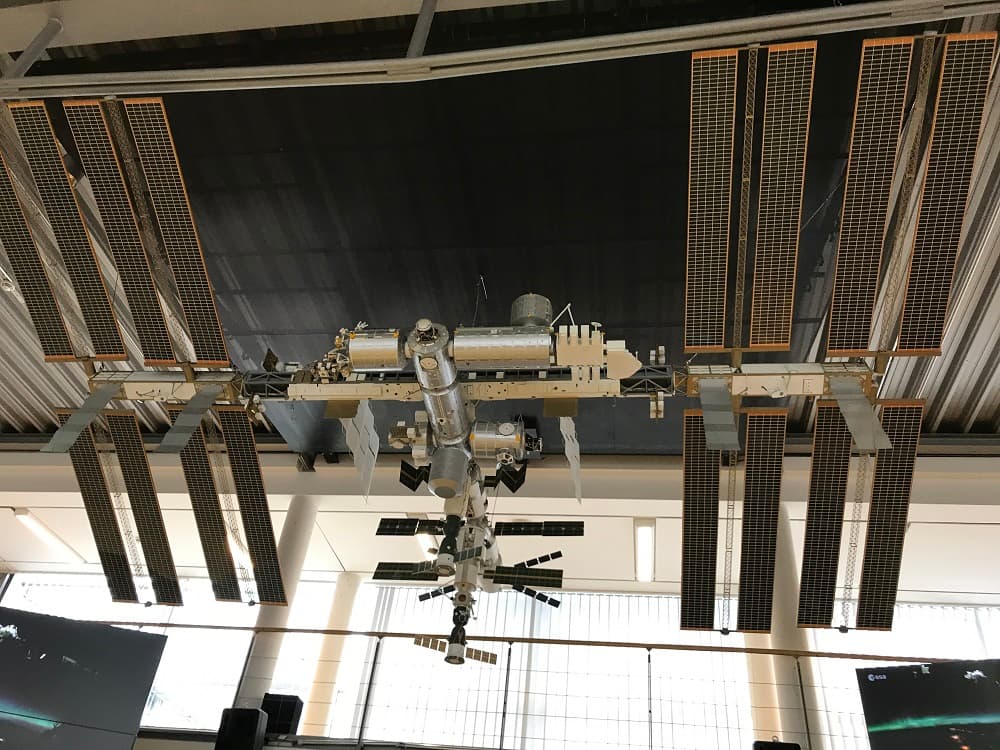
The chrome looking bits are the Western side of the ISS and the white bits are the Russian modules
This is absolutely fascinating. And reminded me of my favourite line from Armageddon: “Components! American components! Russian components! ALL MADE IN TAIWAN!!”
The differences are not just aesthetic. The attachment are different, so there’s an “adaptor plug” between the two wings of the ISS. This is already wonderful enough but there’s an even better difference between the two areas. The water.
From a cold logical point of view, water on the ISS should be designed to provide the most balance hydration to the astronauts. So what’s the best water? What kind of minerals are in it that makes it the best? Once again the two sides disagree. So the ISS has two slightly different waters and according to the astronauts the Russian one taste better.
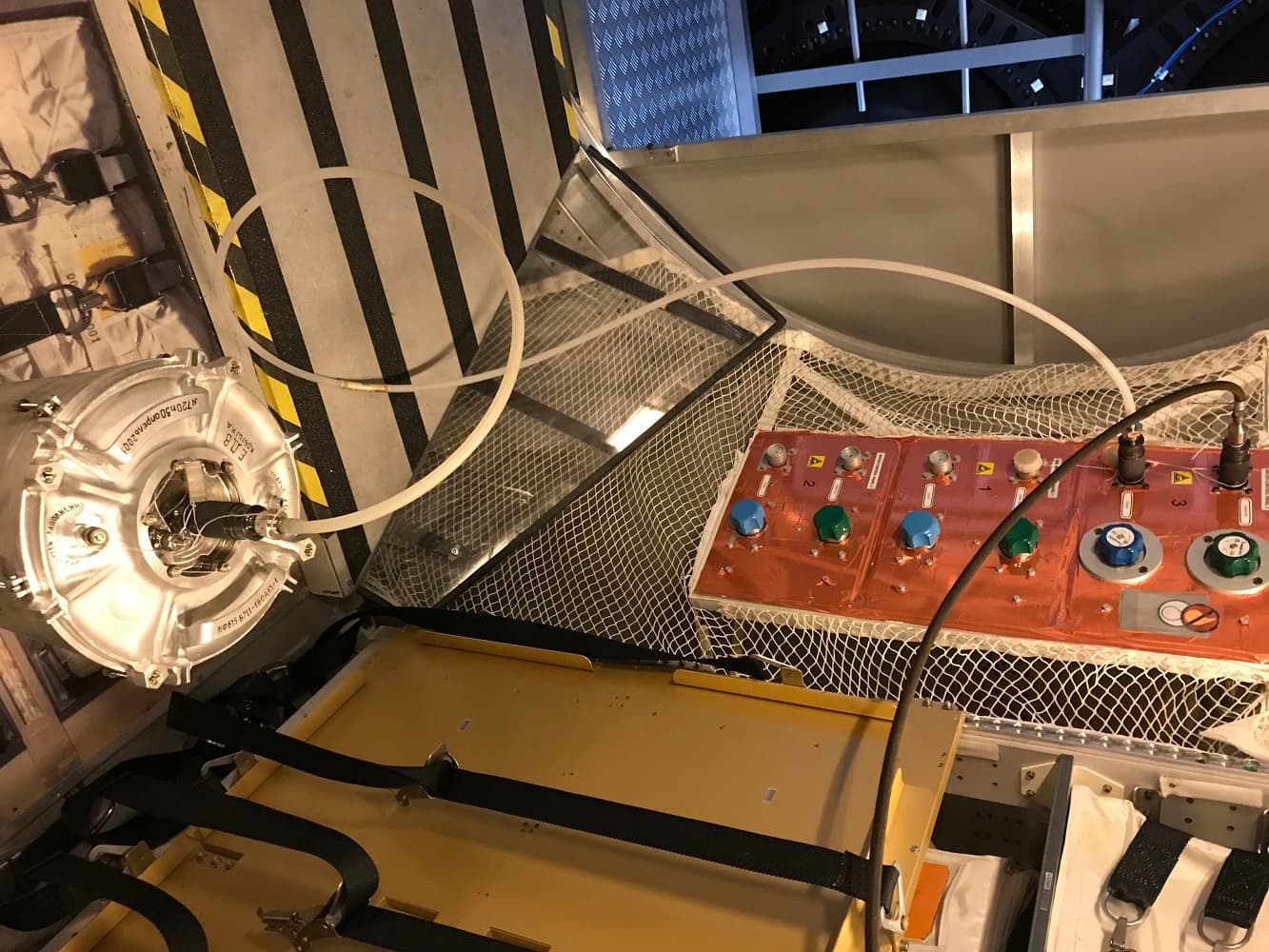
Water is taken to ISS in buckets. If ain’t broken. Don’t fix it.
The EAC doesn’t only train the European Astronauts it is also in (almost) constant communication with the ISS and it provides the astronauts with their daily tasks as well as the standard exchange of information.
The tour finished on a panel showing that the about 500 people are behind every astronaut. The guide stressed how aware the trainee astronauts are of this and he ended by telling me that all the astrounats in the center are “ironically some of the most down to Earth people, he has ever met!”
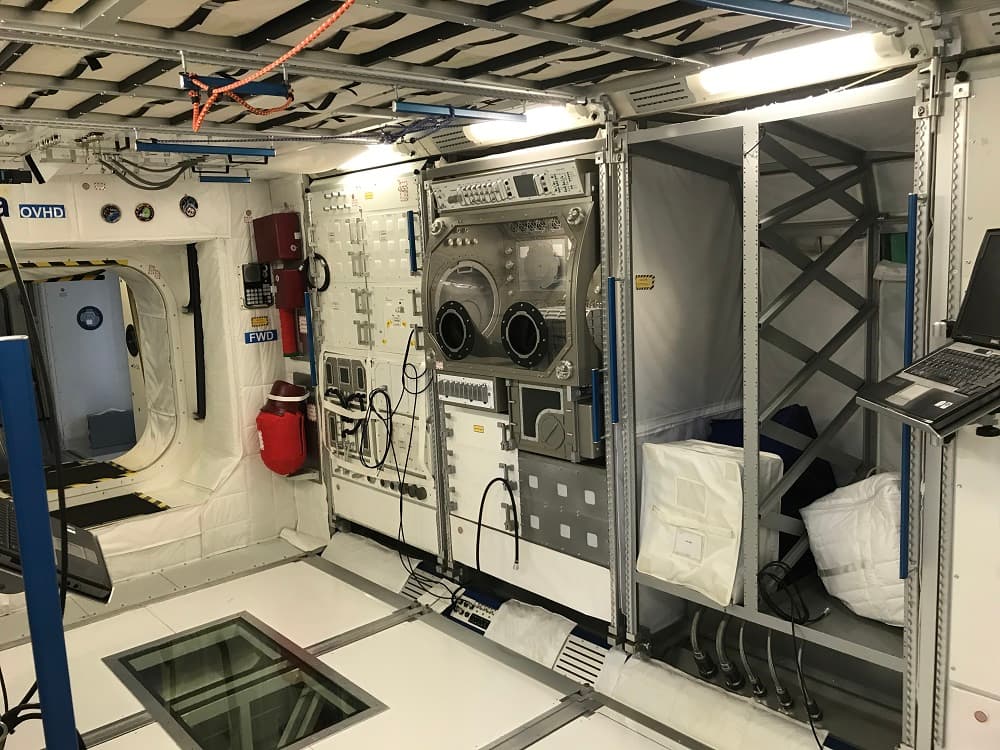
Inside the European Columbus lab. The EAC also has a functioning model where the astronauts get training.
